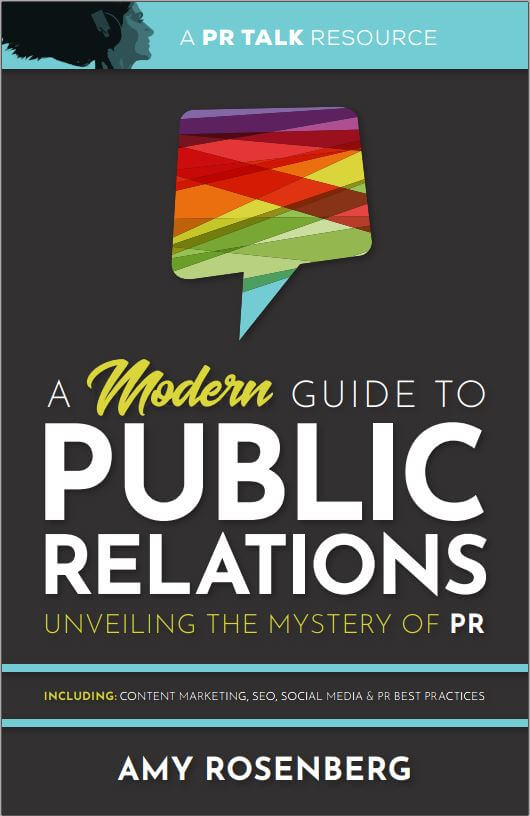So you’ve decided to become a thought leader. Congratulations! Now, if you’ll all form an orderly line to my left, you can begin signing your official CNBC contributor paperwork. At station B, literary agents from Random House, Hachette and Macmillan are prepared to offer competitive bids for your book proposals, so be sure to have your pitches ready. Our lawyers at station C will connect you with more than 40 of the country’s top venture funding groups. And last but certainly not least, you’ll meet Susan at Station D, who has details on our standard “thought leader fame and fortune” package, which will help you prepare for the glowing attention that will follow your meteoric rise to the top of the business world. In case you’re wondering, this is what success feels like!
It Doesn’t Really Work That Way
Despite what you see on social media, becoming a thought leader isn’t a ticket to instant notoriety. Most professional thought leaders are brand builders intent on selling products and have spent years cultivating their public image. Thought leadership as a marketing and communication strategy focuses more on promoting the people within an organization for an organization’s benefit. Rather than glorifying a single person, thought leadership uses one person’s voice to demonstrate an entire group’s capabilities.
When done effectively, thought leadership campaigns support broader marketing goals by building and maintaining audience trust and driving new opportunities. Organizations that choose to pursue ongoing thought leadership efforts enjoy significant downstream results like increased market visibility, shortened sales cycles and more satisfied employees. These benefits make thought leadership a strategy worth pursuing. However, you can’t simply snap your fingers to make it happen.
The Critical Elements of a Thought Leadership Team
Like any new business initiative, building an effective thought leadership program requires a plan and the right mix of people to execute it. If you’re looking to start a program of your own, here are the four types of people you’ll need to get your first thought leadership campaign off the ground.
Strategists
Any effective marketing program always begins with a plan and thought leadership is no different. Your strategist acts as your navigator, guiding you from where you are to where you want to be. To do this, they’ll identify the big picture goals that will move your organization forward. Strategists also define the audiences you’ll speak to through your work, the outlets you’ll use to reach them and the high-level messages your work needs to convey. Once your ideas start being implemented, strategists will help you judge the success of individual campaigns in a never-ending effort to optimize the content you produce.
Without a strategist, you’ll be fumbling in the dark. If you manage to produce something successful, you may never know why it worked or how to do it again. Even worse, you’ll never see the needle moving in the right direction because you never defined the needle in the first place.
Experts
Identifying the people who will speak for your organization is a critical component of launching a thought leadership program. Some organizations choose to have their executive-level leaders do the talking because those positions come with built-in authority and credibility. However, other employees can be equally as effective depending on the audience and outlets you’re targeting.
Your strategist will be instrumental in this process, as they’ll be taking the lead in developing a slate of thought leadership topics to cover. Another effective strategy is to solicit thought leadership ideas and experts from your employees. They’re typically closer to the day-to-day work and may have great ideas to develop into compelling thought leadership content.
Don’t select these people without obtaining their buy-in and permission first. Their name will always be connected to the content you produce. So, you want to be sure they’re comfortable with what you’ll be saying.
Content Creators
This is where the rubber meets the road. Content creators turn strategy and ideas into compelling products people want to consume. Depending on the medium you’re using, these could be writers, videographers, designers, coders or podcasters. You might also find opportunities where different content creators can work in partnership, using their unique skills to produce something amazing together.
These content creators must understand the ideas they’re tasked with communicating. This often requires close collaboration between the creators and experts so that the end product is as accurate, useful and compelling as possible. With this in mind, thought leadership content creators must be masters of their crafts and skilled communicators who can effectively bridge the gap between the experts and their audience. Otherwise, your content will be flat and inauthentic, which will ultimately limit its effectiveness.
Implementers
Of course, the first three groups’ work won’t do much good if nobody ever sees the content they produce. That’s where the implementers come in. These professionals use their expertise and the connections they’ve developed to place your thought leadership content out in the world. Sometimes it could be as simple as publishing the content on the company’s website or social media channels. Other times, implementation involves an elaborate press outreach plan conducted by public relations professionals. In most instances, the strategy you developed at the outset of your thought leadership campaign dictates your implementation process.
When PR professionals lead your thought leadership program, they’ll commonly handle both the strategy and outreach components of your implementation since these often go hand-in-hand. Regardless of who’s leading these efforts, implementers must coordinate with the strategists to ensure the right content ends up in the right place at the right time.
The Right Team Will Deliver Results
In truth, what seems like an overnight success story often involves years of hard work beforehand. While thought leadership might appear like an easy route to notoriety, in reality, it requires the right group of people working together under the guidance of a sophisticated strategy. As you build your team, develop your plan and begin producing content, you’ll be amazed at how opportunities and benefits start to flourish. When it comes down to it, these wins are always much more satisfying than any shortcut could ever be.










